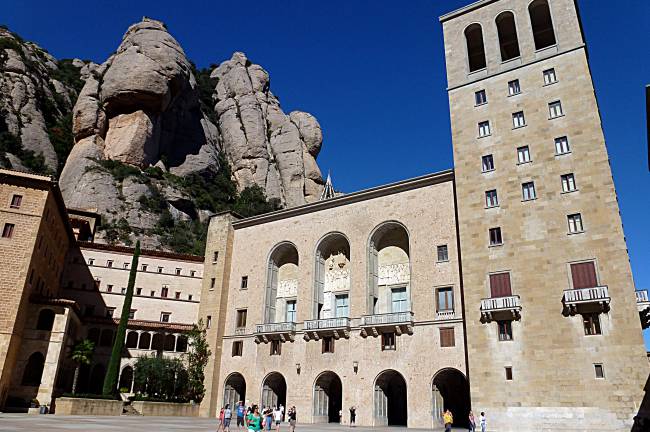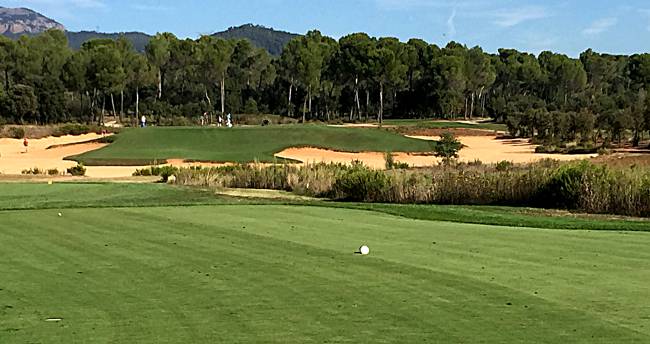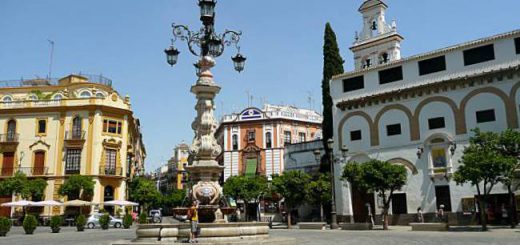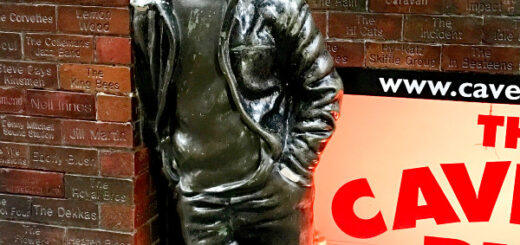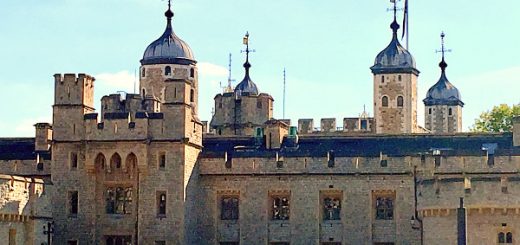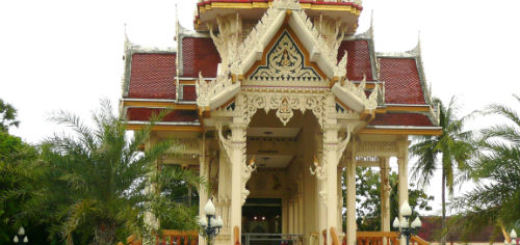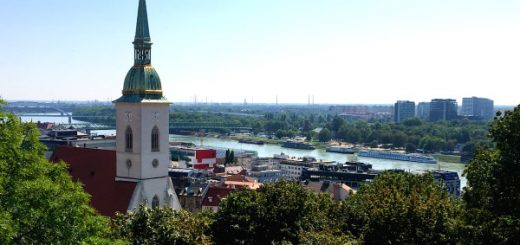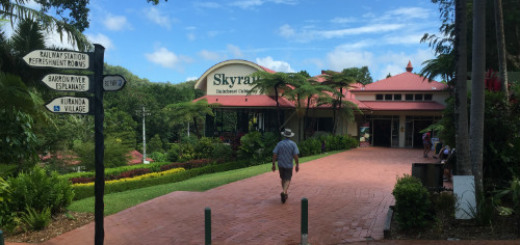Beyond Barcelona
With a week for exploring Barcelona and its surrounds, we took advantage of a tour to Montserrat, and on another day, a game of golf at Real Club de Golf El Prat, a wander around the town of Terrassa nearby and some wine tasting at two popular wineries in the Penedès region.
Montserrat. This mountain range north of Barcelona gets its name from the serrated appearance of its many peaks.
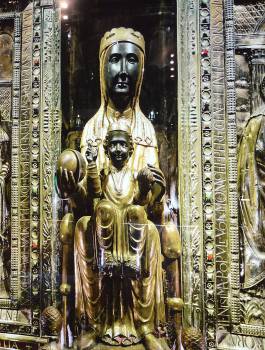
Venerated by Catholics, the Benedictine Monastery of Santa Maria de Montserrat is one of the most visited pilgrim sites in Spain. The reason for its importance lies with the presence of the Black Madonna statue, located in the sanctuary of the Mare de Déu de Montserrat, next to the monastery.

The monastery is commonly reached by the rack railway from Monistrol which offers spectacular sightseeing of the surrounding lowlands and craggy peaks. A further two funicular railways carry visitors to other lookout spots. The complex also houses a museum with works of art by many prominent painters and sculptors including El Greco, Dalí and Picasso.
***
Real Club de Golf El Prat. In keeping with hubby’s penchant for playing golf wherever we travel, it was logical we should make some effort to find a good course near Barcelona. This course is one of the best – hosting the Spanish Open for the tenth time in 2015. So after the usual dramas with car hire, we set off early one morning for the drive to the course, some 35 minutes to the north, not far from Montserrat and the town of Terrassa.
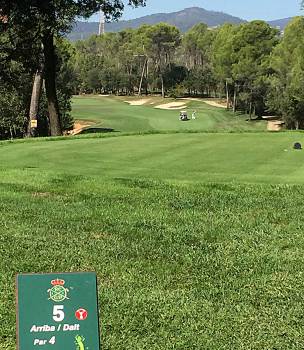
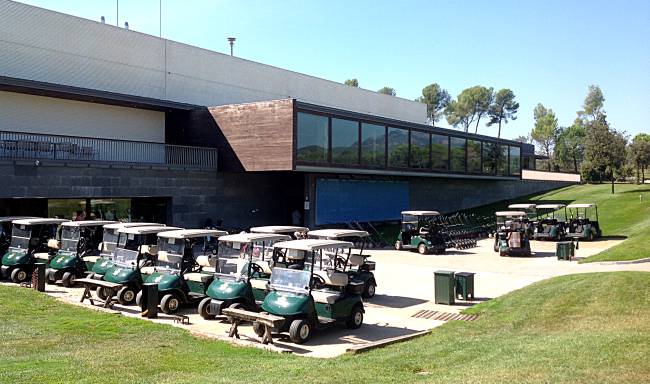
Designed by Greg Norman, this 45-hole course blends seamlessly with its surroundings, to convey the feeling that the fairways, holes and bunkers are part of the natural landscape. With so many holes on offer, the golfer has five different nine-hole courses to choose from as well as seven different tees, allowing a length to suit every standard of player. The club has a strong tradition, having initially been set up in 1912 in Pedralbes and then moving in the 50s to near the El Prat airport, whence it got its name. Today it is located between Terrassa and Sabadell and is bordered by a national park. As well as being very environmentally conscious, the club also provides many services – restaurant, childcare, paddle tennis, pool, bicycles, gym, function rooms for events and celebrations, and a junior golf school.
***
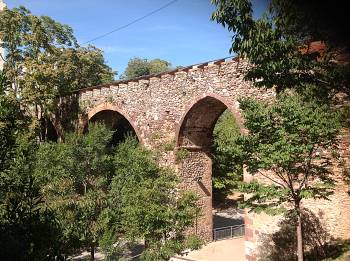
Terrassa. Since I don’t play golf, this was my chance to indulge my passion for history with a wander around a city that dates back to prehistoric times. Railway tunnelling works in 2005 under Parc de Vallparadís unearthed stone tools and fossils of hunted animals dating back 800,000 to 1,000,000 years, making this is one of the oldest prehistoric sites in Europe. The small Vallparadís creek runs through the the city and the beautiful parkland with walking trail stretches along it for about three kilometres.
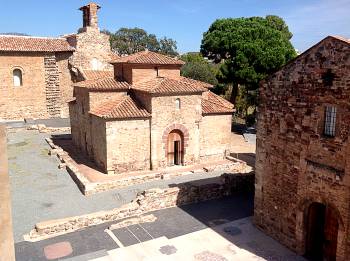
Also in that area is a collection of monuments and churches of Sant Pere (St Peter), built towards the end of the Roman Empire. In fact, Terrassa originated as the Roman town of Ègara, which was founded during the time of the emperor Vespasian (69-79 AD). The site, La Seu d’Ègara, preserves Iberian and Roman remains dating from the 5th Century BC to the 3rd Century AD, early Christian structures from the 4th Century, the funerary church of St Miquel, the medieval basilica of Santa Maria and the Romanesque church of Sant Pere. The complex contains a museum and exhibition facilities integrated into the restored buildings.


The Castell Cartoixa de Vallparadís and the Torre del Palau, symbol of the city, also remain from the town’s medieval period.
Today Terrassa is a university and industrial city with a rich artistic heritage. It was a leading centre for the wool and textile industry and a vibrant exponent of the Modernism (Art Nouveau) movement. Many of the public buildings, old mills, warehouses and both middle-class and workers’ homes have been renovated to show off this unique industrial heritage.

There are several beautiful examples of the modernista style to be seen as you walk around the town, starting with the Masia Freixa, a sensuous white house completed in 1907 by Lluís Muncunill, which started life as a factory for the processing of alpaca fibre but now houses the tourist information centre.
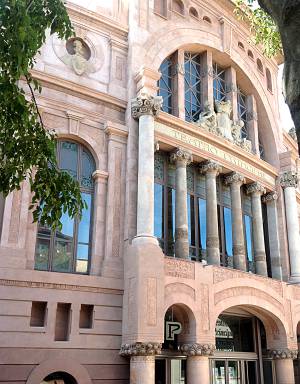
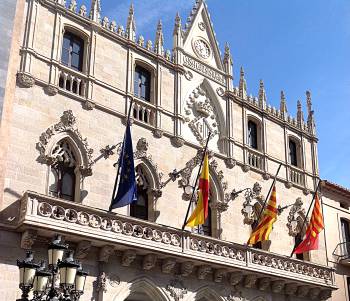
The Ajuntament de Terrassa ( City Hall, 1902) and the Teatre Principal (1920) are also preserved as noteworthy examples of the movement.
***

Cava Tasting. To cap off a day of doing what we separately enjoy, it was time to share another of our passions – wine tasting! The area to the south-west of Barcelona – the Penedès wine region, one of the country’s best wine-producing regions after the Rioja – is known specifically for its Cava (sparkling wine) production, although it still makes other styles of wines. We were keen to visit the Freixenet winery, which had begun in 1861 making still wines. Later, in 1889, the decision was made to produce Cava by the traditional method used in France for Champagne. Unlike French Champagne, however, the grapes used in this area are Macabeo, Xarel-lo and Parellada.

Freixenet was the first company in Spain to press grapes pneumatically, the first to use refrigerated tanks to control fermentation and one of the leaders in developing their own yeast. Their wines are now sold in over 100 countries from the winery in Sant Sadurní d’Anoia, as well as making wines in 16 of the world’s most prestigious wine regions, such as California, Argentina and Australia. We had a lovely relaxing sojourn there with a tapas style lunch of Ibérico ham, soft bread rolls and the local Llonganissa sausage washed down with a Cava and a Garnacha (Grenache).

The second winery – Codorníu – boasts a very impressive modernista architecture, designed by Josep Puig i Cadafalch, as well as one of the best Cavas in the region.
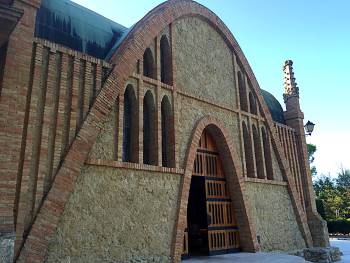
In fact, in 1976 King Don Juan Carlos declared the buildings a National Historic Artistic Monument as a key example of Catalan modernism.

Dating from an amazing 1551, the vineyard started producing Cava in 1872 following the devastation of phylloxera and the need to plant new vines. The Anna range of Cavas, which we tasted in the Cava Bar, are the first of their wines to include Chardonnay in the blend. They also have a rosé Cava as well as a red variety both made from Pinot Noir. Finishing off with a Tempranillo, we nibbled on the local Fret sausage sticks while we admired the interior architecture.
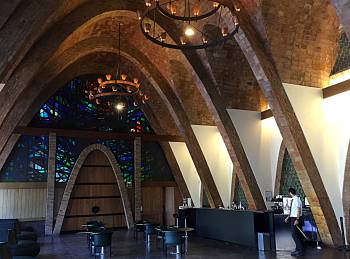
This very full day finished with nearly two hours of driving to get back to our hotel in Barcelona. Quite a feat since we managed it without a map! Then out for dinner with friends at Els Quatre Gats – whew!
